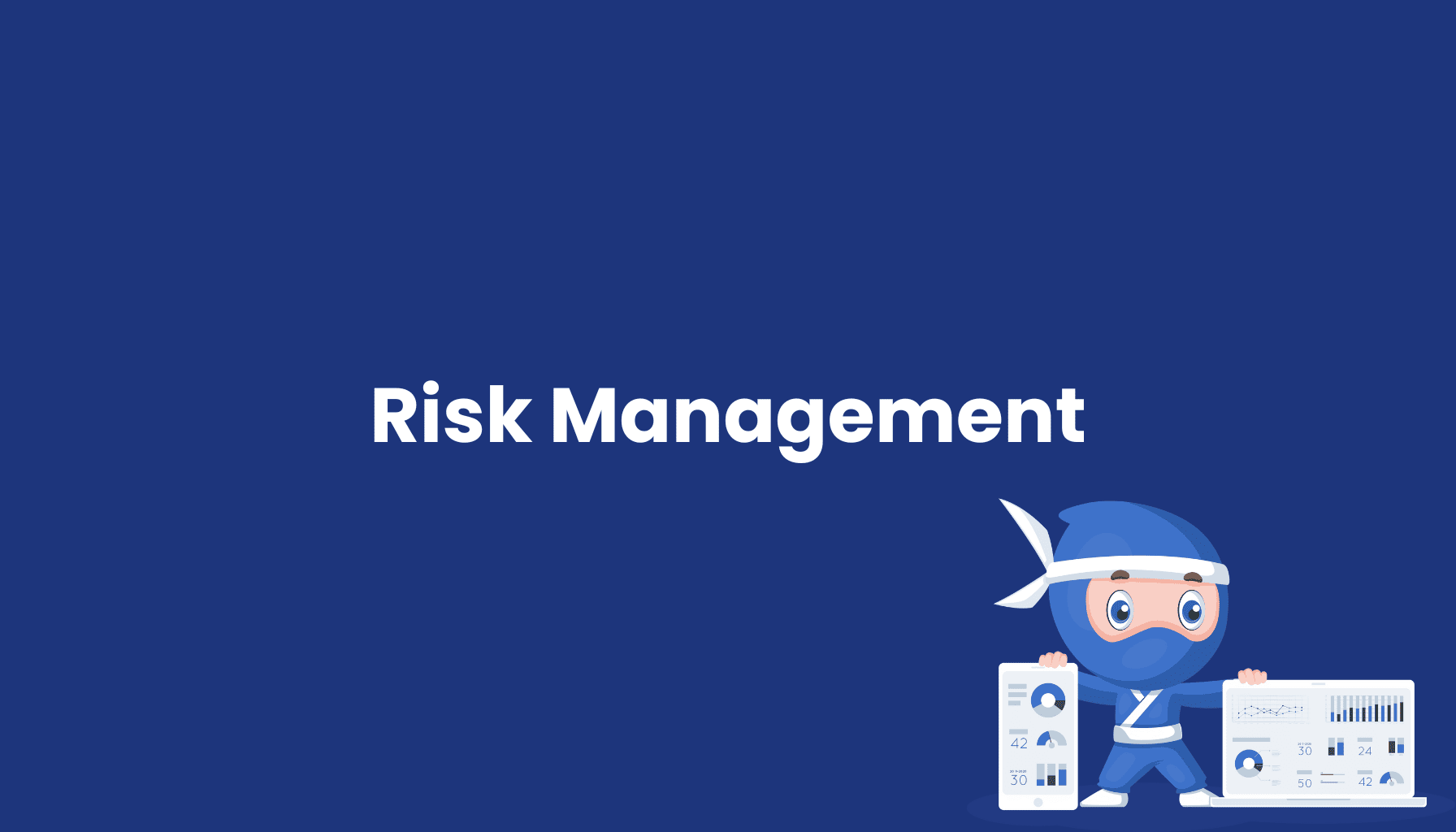Risk Management

What is Risk Management?
Risk management is the systematic process by which companies identify, assess, and manage potential risks to achieve their strategic goals more effectively. This process is crucial for adapting to market changes and ensuring corporate security.
Identification and Assessment of Risks
The first step in risk management is to identify all potential sources of risk, which can include financial, operational, regulatory, or reputational risks. Following identification, risks are assessed to determine the likelihood of occurrence and their potential impact on the company. This phase allows decision-makers to set priorities and allocate resources efficiently.
Strategies for Risk Mitigation
After risk assessment, companies develop strategies to minimize the identified risks. These strategies include:
-
Risk Avoidance: Adjusting operations to avoid specific risks.
-
Risk Reduction: Implementing preventive measures to lower the probability of occurrence or potential damage.
-
Risk Transfer: Shifting the risk to third parties, such as through insurance.
-
Risk Acceptance: Making a conscious decision to bear the risk when the potential benefits outweigh the dangers.
Continuous Monitoring and Risk Communication
Regular reviews of risk management strategies are essential to ensure their effectiveness and adjust them to new developments. Clear communication of risk policies and procedures helps ensure that all employees understand the measures being taken and how to implement them.
Challenges and Standards in Risk Management
Risk management often faces challenges such as rapidly changing market conditions and technological developments. The complexity and resource intensity of the process require a well-thought-out and standardized approach. Standards like ISO 31000 provide frameworks that help companies implement effective risk management.
Conclusion
A robust risk management system is essential not only for minimizing risks but also for actively seizing opportunities. By effectively managing risks, companies can enhance their competitiveness and operate successfully in the long term. This strengthens resilience against uncertainties and secures the future of the business.





